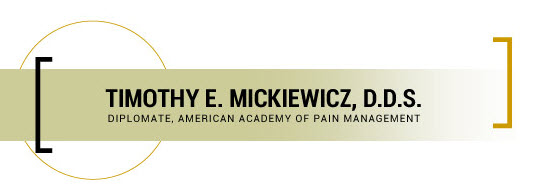I’m a fan of early intervention when it comes to orthodontics. It can offer numerous benefits for patients both as children and adults. In fact, the American Association of Orthodontics even recommends early orthodontic screenings and intervention when necessary. While some treatments are best put off until children have stopped growing, sometimes, the growth period is the ideal time for treatment.
Parents should bring their children in for an orthodontic screening around age seven. At this age, the jaw is still growing and permanent teeth are beginning to erupt. After a full examination, we can decide whether early intervention is needed.
Reasons for Early Intervention Orthodontics
Why might a child need early intervention orthodontics? To correct crowding (or the potential for crowding), protruding teeth, overbites, underbites, crossbites, and more. By addressing these issues while the bones are still growing, we can either prevent the need for future orthodontic treatment or we can make future treatment easier.
Children who suck their thumbs, breathe through their mouths, have trouble chewing, frequently bite their cheeks, or have an unbalanced facial appearance can all benefit from orthodontic intervention at a young age. Orthodontics on young children may sound complex, but many treatments can be completed in shorter timeframes than if we were to wait until the child was older. Early treatment may take as little as three to six months, whereas traditional orthodontic treatment in older children and teens may take 12 to 24 months.
With early intervention orthodontics, we can do all of the following:
- Make adequate space for crowded permanent teeth
- Influence the growth and positioning of the jaw to create better facial symmetry and improved appearance
- Improve breathing and posture
- Lower the risk of trauma to teeth that protrude
- Reduce or eliminate the need for tooth extraction
- Reduce or eliminate future orthodontic treatment timelines
The Pros of Early Intervention
Children who receive orthodontic treatment at a young age may either not need braces in the future, or may only need them for a brief period of time. Their potential future orthodontic issues will be lessened. Having relatively straight teeth going into their adolescent and teenage years can be a relief. This can be a big confidence and self-esteem boost for children.
For those who do require additional orthodontic treatment, it is much less complex than it would have been otherwise. After completing phase one, we can move on to phase two at a later time, which is much simpler. Phase two may even be just as short as phase one, which most teenagers greatly appreciate.
Early intervention can save parents money down the road and can save kids from the embarrassment most associate with wearing braces. Getting orthodontic treatment out of the way early can make junior high and high school much more enjoyable. Not to mention kids who receive early orthodontics generally have better oral health as teens and adults. This means fewer cavities and a lowered risk for gum disease. Addressing misalignment at a young age can also prevent TMJ problems later in life.
Setting Kids Up for a Bright and Healthy Future
In treating misalignment and other problems in phase one, we make phase two easier and reduce the risk of other oral health complications in the future. Those are pretty sound reasons to consider early orthodontic intervention, if you ask me.


